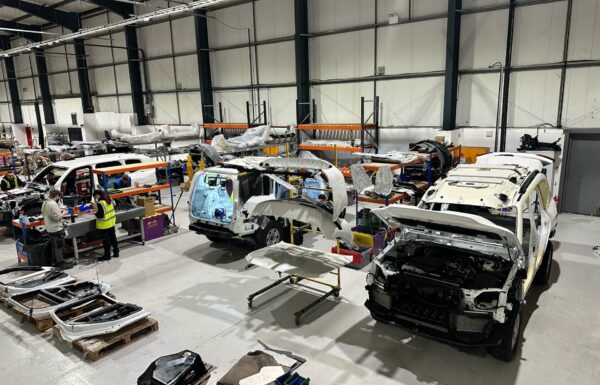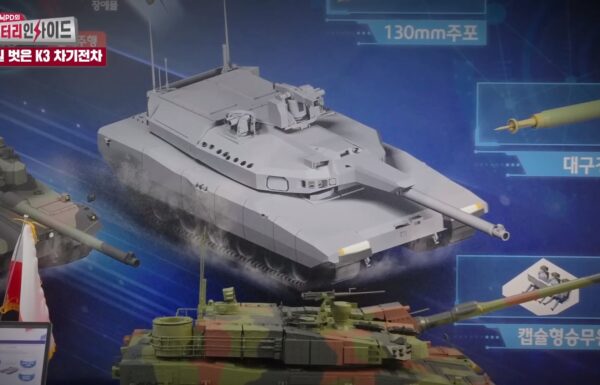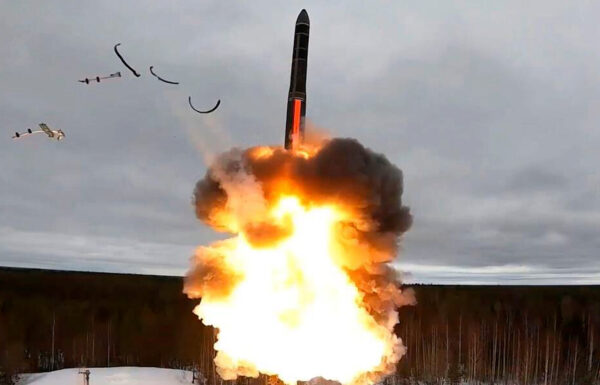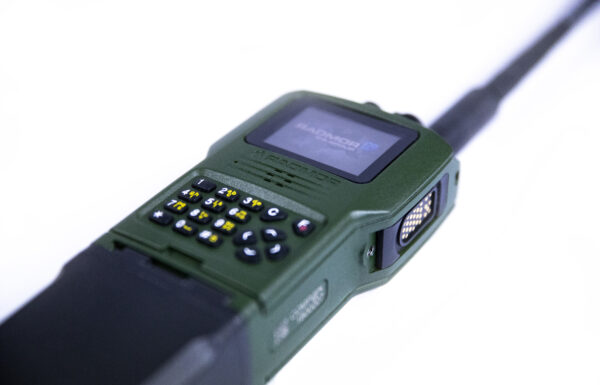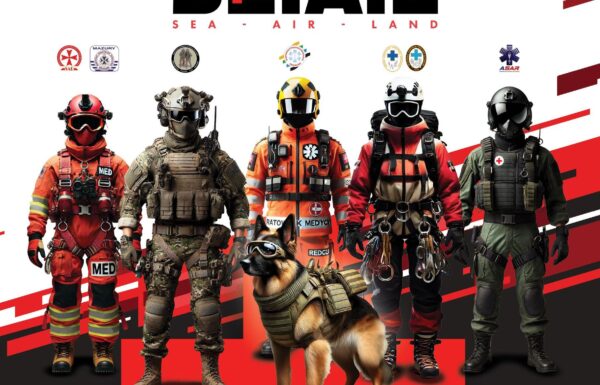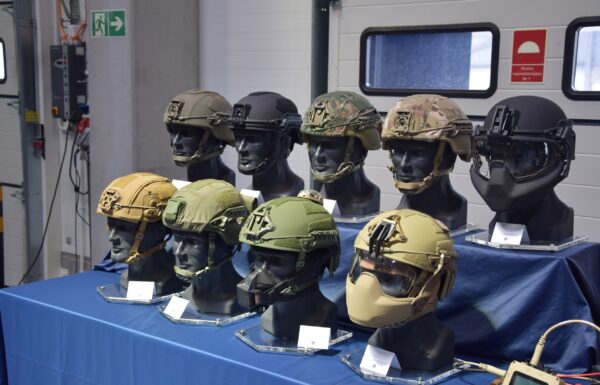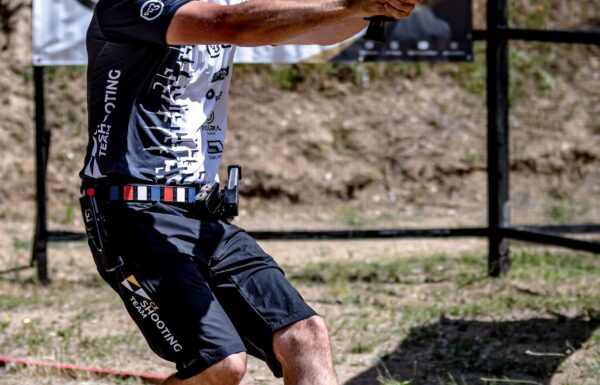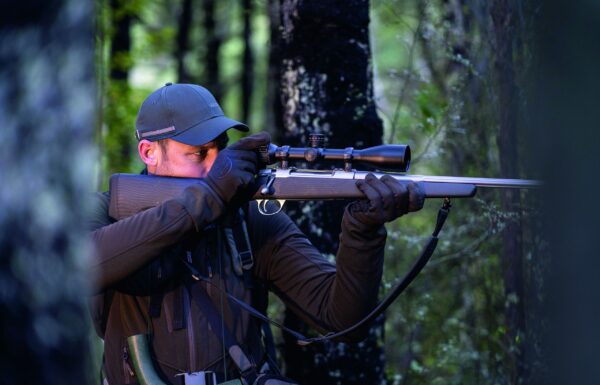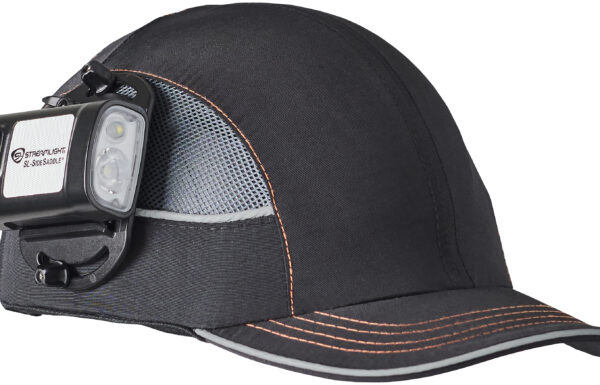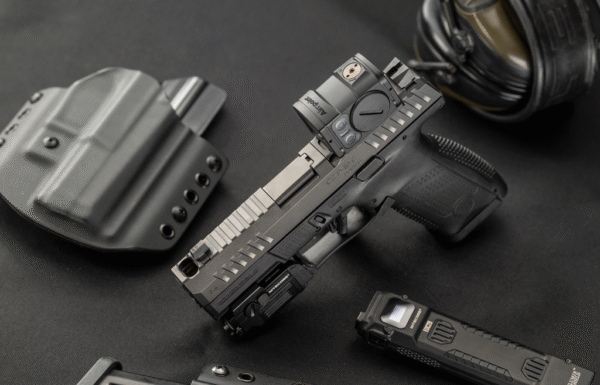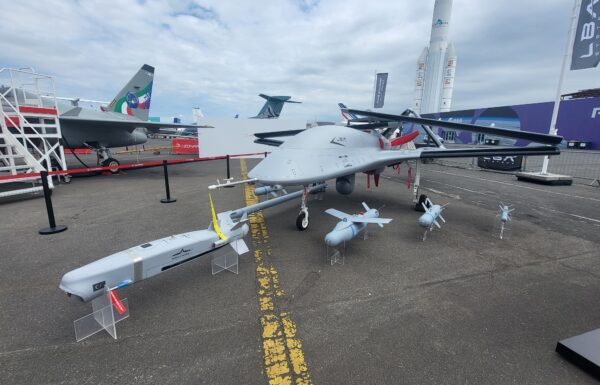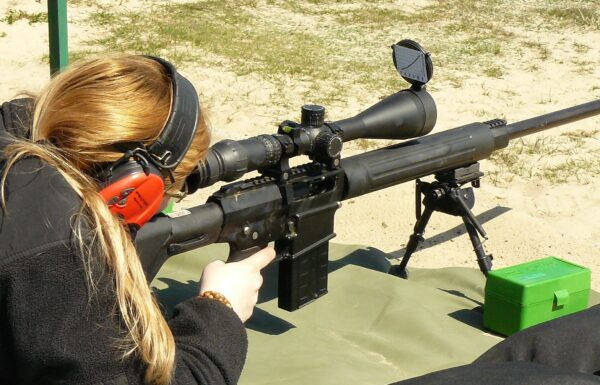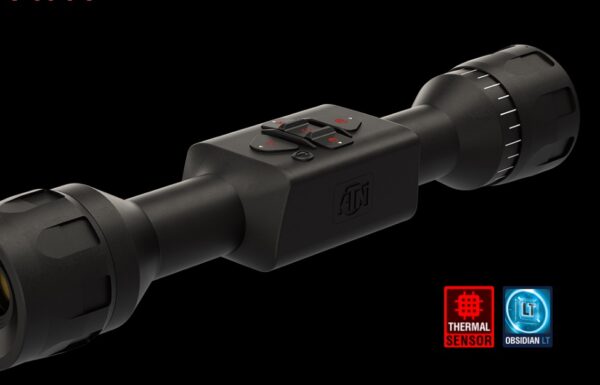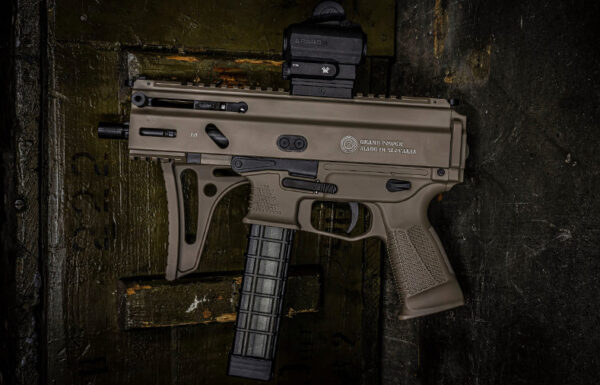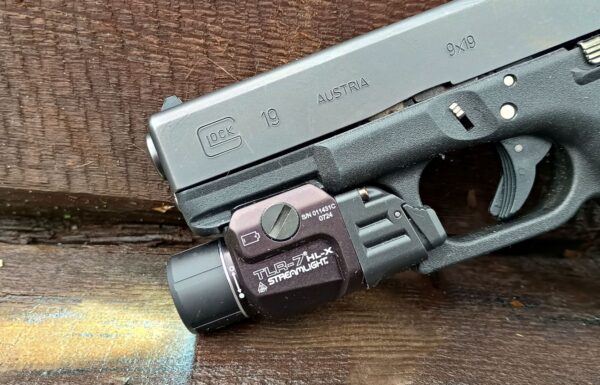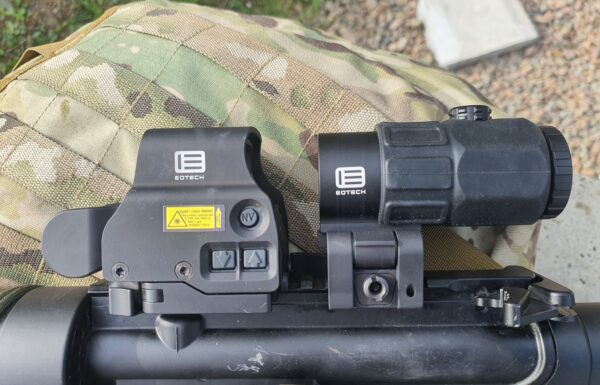According to reports from Tuesday, July 8, 2025, the South Korean company Hyundai Rotem announced progress in the development of a domestically produced 130mm smoothbore gun designed for the next-generation K3 tank. The prototype weapon is said to have undergone its first tests.
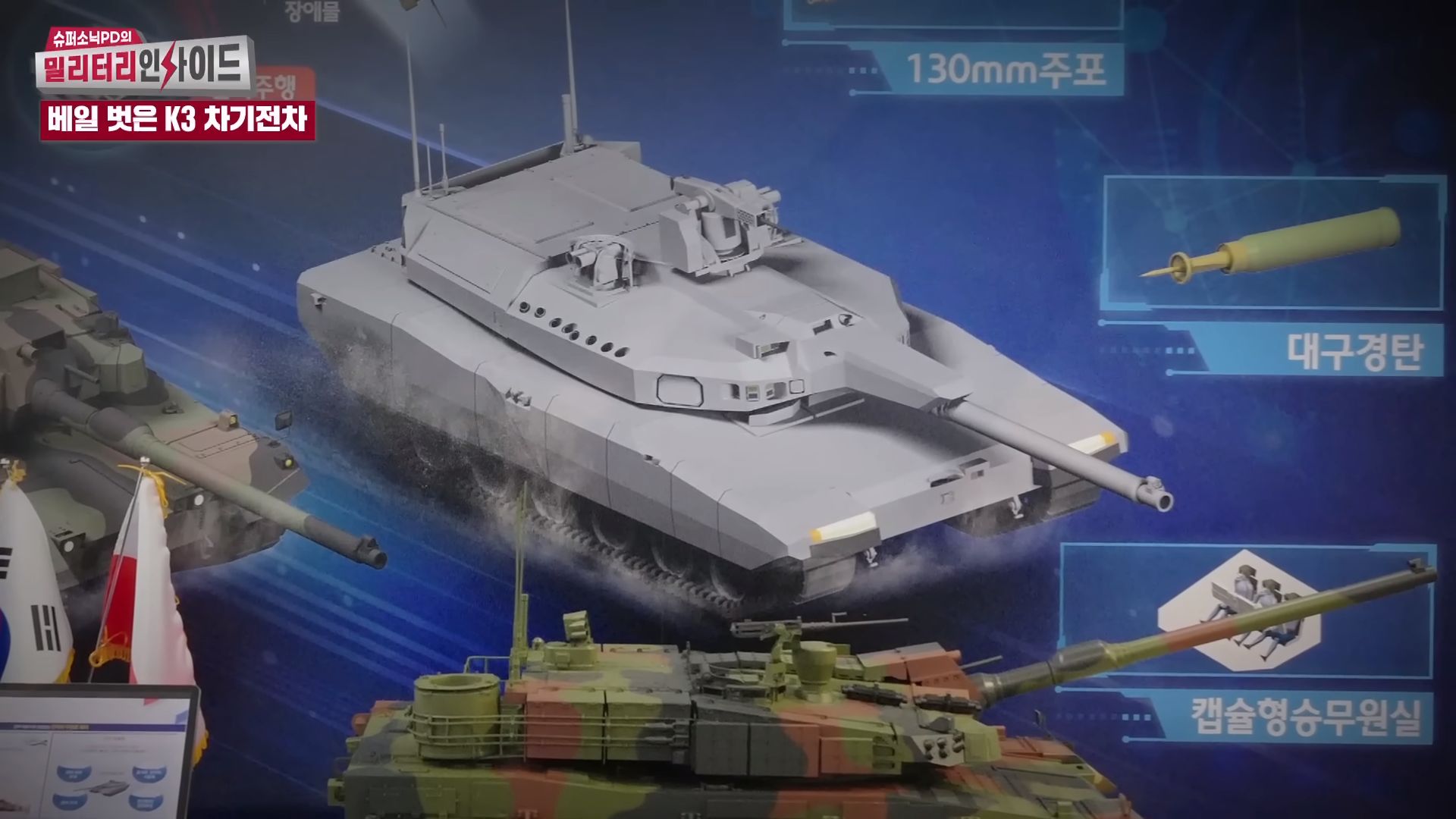 Image: Hyundai Rotem Company via SUPERSONIC-TV
Image: Hyundai Rotem Company via SUPERSONIC-TV
In addition to the development of the main armament, work on next-generation armor modules is progressing smoothly, and entirely new drivetrain systems and an active protection system (APS) of the ASOP class are currently being developed (with the most recent system being KAPS-2).
It is worth noting that in terms of armor, technologies even more advanced than those used in the K2 Heuk-Pyo (Black Panther) tanks are being developed. The lower weight of the K2 compared to other third-generation tanks is due to the use of lighter yet durable high-density materials. The K3 aims to resolve issues related to the space and weight of armor modules while also improving their overall performance.
However, it has been emphasized that development is proceeding at a normal pace, with a focus on the comprehensive development of key technologies. This is also because, for the past three years, the Hyundai Rotem plant in Changwon has been focusing on the production of K2GF tanks in shifts at the request of the Polish government (especially since a new contract is expected to be signed soon).
Hyundai Rotem unveiled the current K3 tank concept on June 16, 2023. According to the proposal, the tank will be equipped with a 130mm smoothbore gun featuring an autoloader, mounted in an unmanned turret that includes an isolated ammunition magazine in its rear bustle. The weapon lacks a bore evacuator and is expected to deliver up to 50% more kinetic energy compared to the 120mm L/55 equivalent.
The turret features a remotely controlled weapon station (RCWS) with a 12.7mm heavy machine gun. Additional armament includes a coaxial 7.62mm machine gun. The turret and hull are equipped with optoelectronic sensors for the ASOP system, including both active (hard-kill) and passive (soft-kill) capabilities. They includes four AESA (Active Electronically Scanned Array) radar antennas, providing 360-degree coverage around the vehicle, along with effectors: countermeasure launchers for the hard-kill system and smoke grenade launchers for the soft-kill system, all mounted on the turret.
The three-member crew will be located inside the vehicle’s hull within a special isolated armored capsule in the front section (a similar solution has been used in Russia’s fourth-generation T-14 Armata tank, the conceptual American AbramsX, and the German KF51 Panther technology demonstrator). The crew will be able to operate unmanned systems from within the vehicle. Interestingly, the tank will also be capable of remote control, allowing it to be optionally manned/unmanned. According to previous announcements, the vehicle is to be fitted with a newly improved active hydropneumatic suspension system and rubber tracks (which generate less noise and vibration while driving).
See also:


